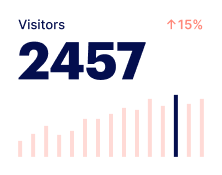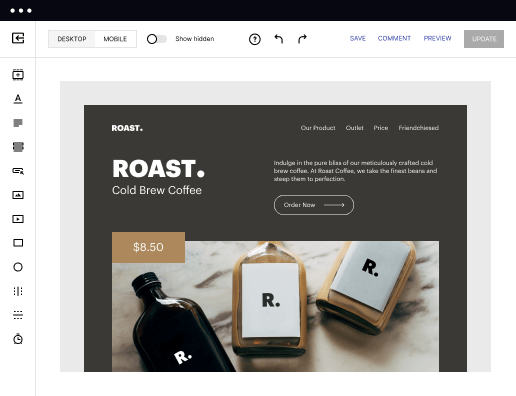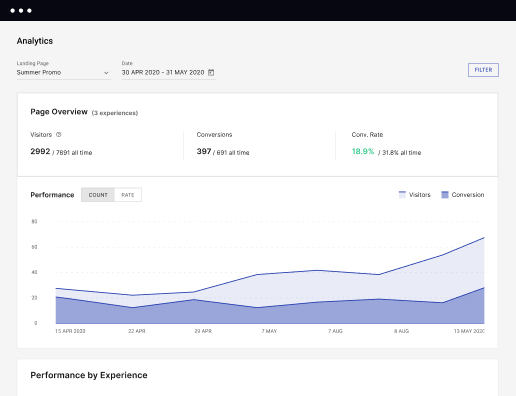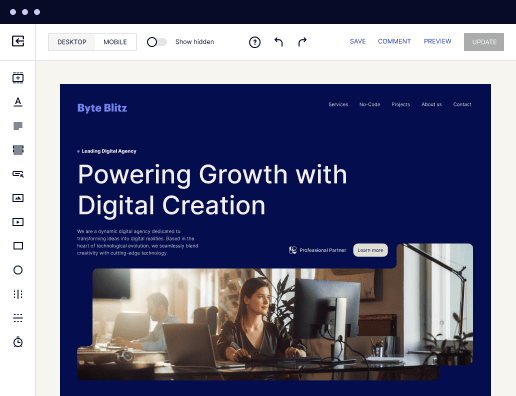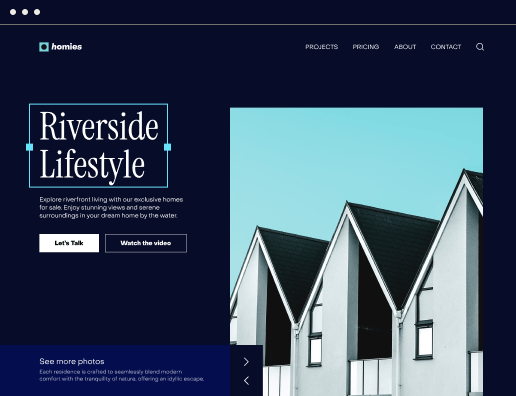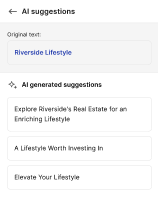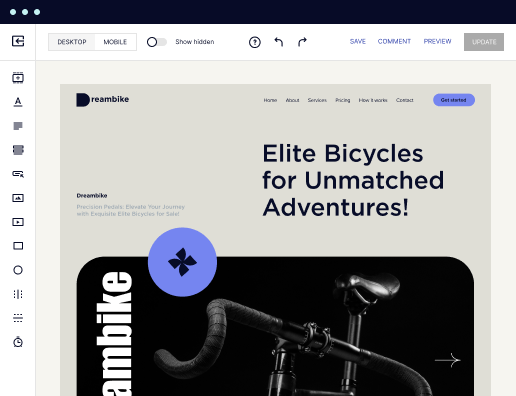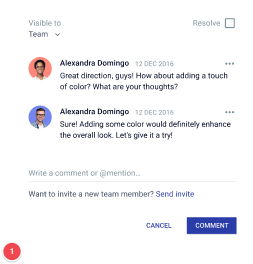Make your integrations page optimized for Netbook
Instapage empowers you to slash costs, skyrocket conversions, and deliver tailored experiences on Netbook.
Instapage integrations: Your ultimate how-to guide
Creating an effective integrations page on Instapage can significantly enhance your marketing strategy. With user-friendly templates and powerful features, you can reduce costs while directly boosting your conversion rates. The ability to personalize content on these landing pages fosters greater brand trust and customer loyalty, making it essential for businesses across various sectors.
Understanding the Importance of Your Integrations Page
An integrations page serves as a critical point for customers seeking to connect your business services with other tools or applications. For marketers in sectors like Tech/SaaS, Education, and Financial Services, having a seamless integration experience not only improves usability but also enhances customer satisfaction. Here's why it matters:
- Enhances functionality: Customers can easily link with tools they're already using.
- Encourages conversions: A clear integrations page can lead to higher click-through rates and conversions.
- Improves user experience: An informative page can ease the onboarding process for new users.
Step 1: Defining Your Audience
Before diving into the details, identify the specific segments of your audience that will benefit from the integrations page. Consider how your integrations will serve different verticals such as Marketing and Advertising or Government. Key steps include:
- Research your audience: Use data tools to understand their needs, preferences, and the tools they commonly use.
- Segment your audience: Tailor your integrations page content to address the unique requirements of each audience segment.
- Analyze competitor strategies: Look at other integrations pages for inspiration and to identify gaps you can fill.
Step 2: Crafting Engaging Content
An engaging integrations page needs to combine compelling visuals with informative content. Start building it with:
- Clear headings and subheadings: Use descriptive titles for each section to make navigation easier.
- Dynamic text replacement: Tailor the page content to match the user’s queries and context.
- Visual elements: Incorporate screenshots, infographics, or icons to illustrate the integrations visually.
Step 3: Optimizing for Performance
Once your integrations page is live, the focus shifts to performance optimization. This includes:
- Conducting A/B tests: Test different formats and content styles to see what resonates most with your audience.
- Utilizing heatmaps: Analyze user interactions to understand which areas of the page attract the most attention.
- Tracking key metrics: Use the analytics dashboard to assess page performance and make data-driven changes.
By following these steps, you can create a robust integrations page that effectively communicates your brand's capabilities and builds trust with your audience.
Take the first step toward maximizing your landing page's effectiveness by building your integrations page on Instapage today. Start creating tailored experiences that drive conversions and foster loyalty.
Get more out of Build your integrations page on Netbook
Improve your Quality Score with quick load technology for landing pages
Increase conversions with content that aligns with your ads and audiences
Achieve maximum ROI by scaling your marketing initiatives
Leading the way in building high-performing landing pages





FAQs
See how to build your integrations page on netbook in action
Ready to skyrocket conversions?
Supercharge your ad campaigns with high-performing landing pages.
Get started
